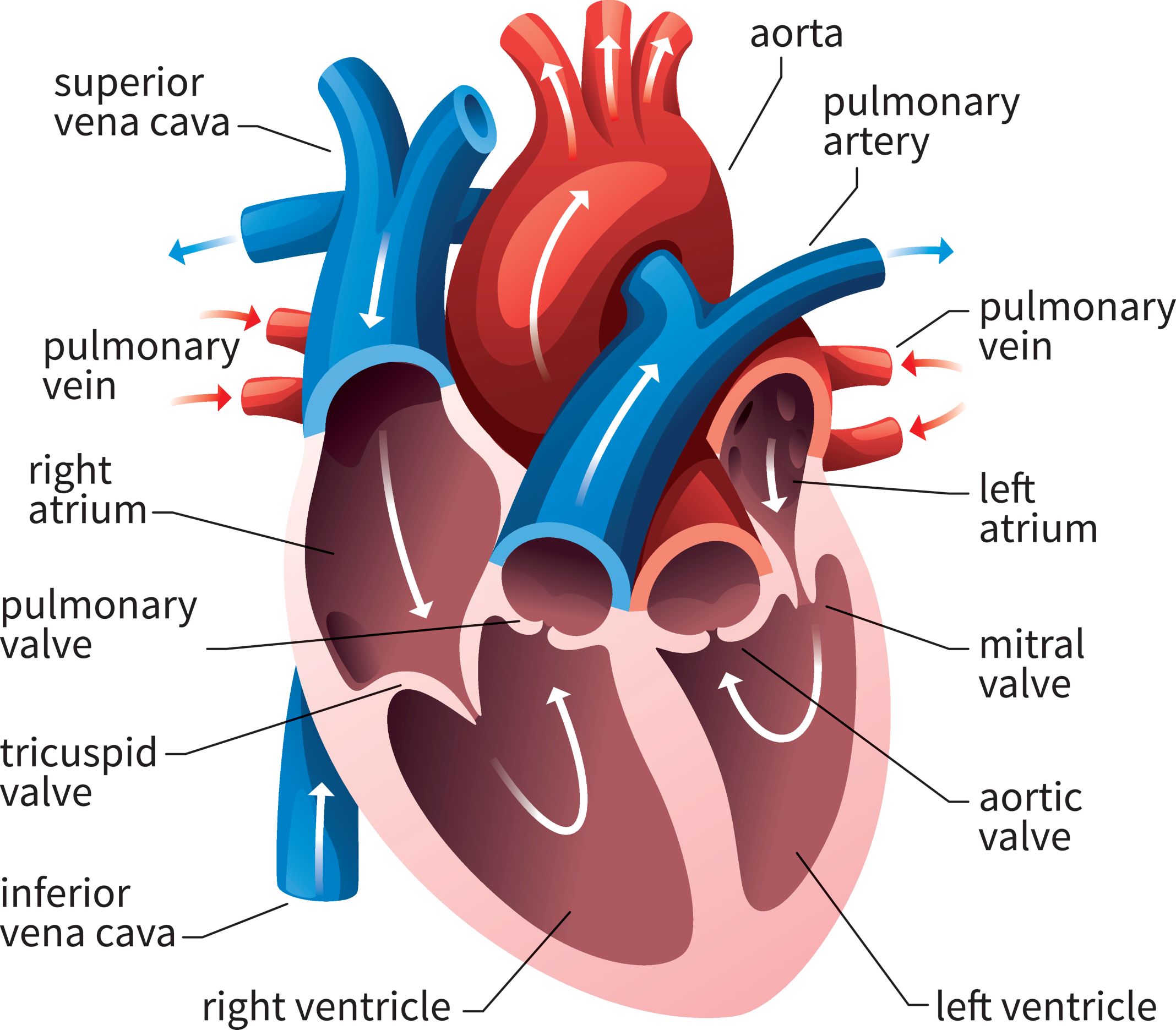Basic Anatomy of the Human Heart
The heart is simply spectacular. While it’s small compared to the overall body, it’s the core of each person’s entire being, literally and symbolically. While the heart itself is not as complex as some other areas of the body, it literally runs every other part of your body. While your heart can’t literally break, the phenomenon can feel like a heart attack.
When you really think about it, the heart is somewhat adorable, isn’t it? It’s made up of several different parts that are all there to work together for you. It is you. It’s the master. The top dog, so you will want to take care of it as much as it takes care of you.
But do you know what’s truly astonishing about this amazing powerhouse that you couldn’t live without? It typically only weighs less than one pound.
Fun Facts About the Heart
- The heart beats 100,000 times per day.
- It pumps five or six quarts of blood each minute.
- There are 60,000 miles of blood vessels in the body.
- Located at the top of your heart, the aorta is the main artery that carries blood away from your heart to the rest of your body. It’s as large as a garden hose.
- Newborn babies have the fastest heart beats.
- Laughing is good for your heart.
- Sneezing does not stop the heart from beating, but feel free to tell others “bless you” anyway.
Anatomy of the Heart
The heart is located between the lungs behind the sternum and above the diaphragm. It is surrounded by a sac called the pericardium. It’s only about the size of a fist, and it weighs 7 to 15 ounces. It’s a hollow, muscular organ.
The Heart Chambers
The heart consists of four chambers, two on the top and two on the bottom.
- The two bottom chambers are called the right ventricle and the left ventricle. They pump blood out of the heart. A wall called the interventricular septum separates them.
- The two top chambers are the right atrium and the left atrium, the plural of which is atria. They receive the blood entering the heart. The wall that separates them is called the interatrial septum.
The Heart Valves
The heart also has four valves, which separate the top chambers from the bottom chambers and also move blood.
- Atrioventricular valves separate the atria from the ventricles (the top chambers from the bottom chambers). The tricuspid valve separates the right side, and the mitral valve separates the left side.
- Two additional valves separate the ventricles from the large blood vessels that carry blood leaving the heart.
- The pulmonic valve is between the right ventricle and pulmonary artery. It carries blood to the lungs.
- The aortic valve is between the left ventricle and the aorta. It carries blood to the body.





